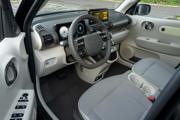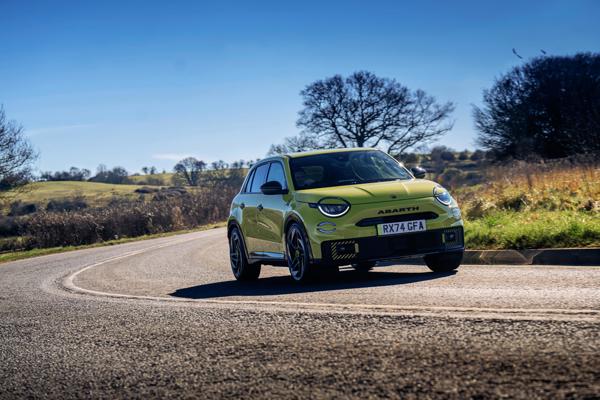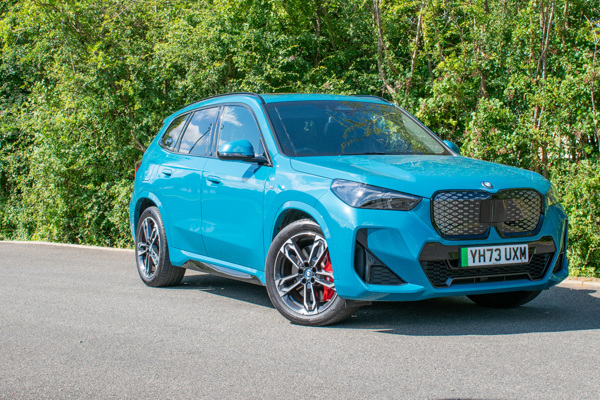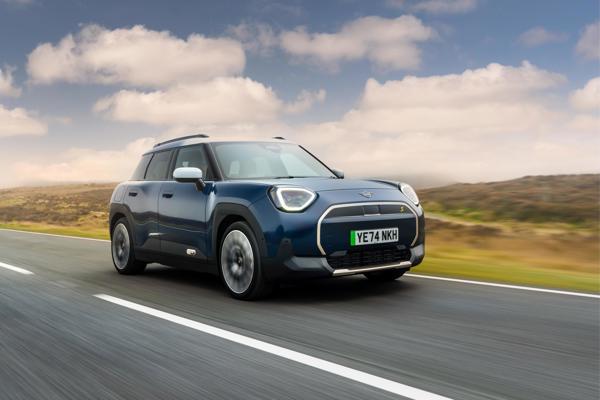Review
With city car dimensions and executive car technology, the Inster is a credible electric option for those who want a compact and affordable model.
Overview
Compact cars have, so far, proven the most difficult to electrify. The cost, complexity and simple lack of space has made small EVs noncompetitive against their petrol-powered counterparts.
Things are changing though. Dacia has launched the Spring, Renault has revived the 5 as an EV and Hyundai has introduced the Inster.
With city car dimensions, a cleverly designed interior and a unique look, the Inster is designed for urban convenience but also offers long-range capability.
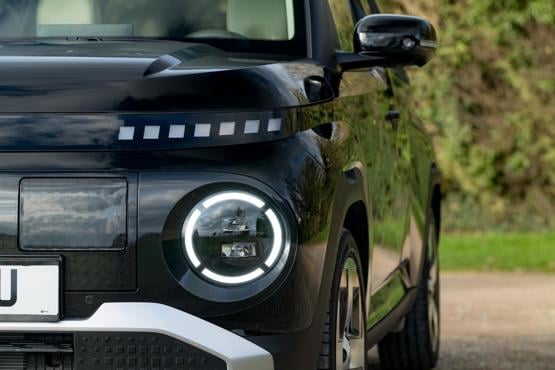
For company car drivers and fleet operators that require zero-emission cars at low prices the Inster should appeal, with prices starting at £23,495.
While the Inster is small, it certainly isn’t ‘basic’. There’s a high level of equipment, premium feel and impressive powertrains.
The model range consists of two trim grades - 01 and 02 – and two battery sizes. The Inster 01 can be paired with either powertrain, while the 02 only comes with the larger battery.
Comfort and practicality
The Inster has a light and airy interior which makes the most of its flat floor and tall roof to maximise interior space.
Up front, the seats look like a bench arrangement but are independently adjustable. We found the driving position to offer adequate visibility and decent levels of comfort.
The dashboard seems ‘old school’ in that it retains plenty of physical switchgear. There’s proper buttons for lots of features, including a full climate control panel.

All the touchpoints have a robust and high-end feel, with many components borrowed from other Hyundai models.
In the rear, there are two seats that can fold flat and slide independently of each other. With both seats in the foremost position – leaving no legroom for rear passengers - the boot offers 351 litres of space. Move them back and the boot shrinks to a still respectable 280 litres. The rear seats are accommodating although all passengers will have to get used to sitting in close proximity to one another.
Beneath the boot floor, additional storage is provided for the car’s charging cables.

Safety and technology
Despite being a small city car, the Inster is packed with ‘big car’ technology. It gets the full array of driver assistance systems found further up the Hyundai range. This includes front, rear and cross-traffic collision avoidance, parking sensors, adaptive cruise control, blind spot monitoring and a reversing camera.
It also gets a pair of 10.3-inch displays – one in front of the driver and another in the centre of the dashboard, for infotainment.
With Hyundai’s Bluelink connected services, sat-nav and smartphone connectivity via Apple Car Play and Android Auto, the Inster packs in all the infotainment features you’d expect from a high-end car.
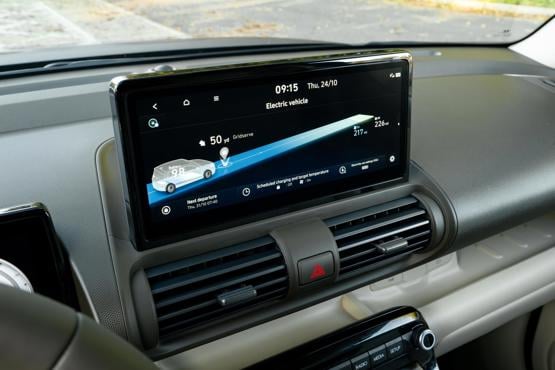
Driveability and range
Two powertrain options are available on the Inster. The first uses a 42kWh battery and a 92PS electric motor, giving a range (WLTP) of 203 miles.
A slightly larger 49kWh battery is paired with a 115PS motor, giving a range of up to 229 miles.
Rapid charging is supported at up to 73kW for the smaller battery and 85kW for the larger one. This means a 10%-80% charge can be completed in around 30 minitues. There's also AC charging at up to 11kW.
By keeping weight to minimum and by using an advanced battery thermal management system, along with a heat pump, Hyundai has aimed for maximum efficiency with the Inster.
Our test of the 49kWh model saw more than 5.0mi/kWh achieved over a mixed route, suggesting the car could actually exceed its official range figure with careful driving.
The 115PS motor provides ample performance, given that the Inster only weighs around 1,400Kg. It can accelerate from 0-62mph in 10.6 seconds and has enough mid-range shove to get out of its own way when needed.
Quick and direct steering gives the car a light and nimble feel, which make the Inster a great city car. It can thread its way through gaps and around obstacles with little effort.
The ride quality is good too. We found it supple over rutted and potholed roads without impacting stability at higher speeds.
Its easy to forget how small the Inster is when behind the wheel. It’s quiet, smooth and responsive, feeling like a much larger and more expensive model.
Company car tax and running costs
The Inster isn’t the cheapest compact EV but it’s certainly good value. The entry-level model is significantly better equipped and has a longer range than an entry-level Dacia Spring.
With prices starting at a similar level to petrol hatchbacks, like the VW Polo, the Inster is the first truly usable compact EV that’s available to the masses.
Drivers won’t feel short changed when they step inside and see all the technology, while the longer range gives confidence to those that venture out of the city.








